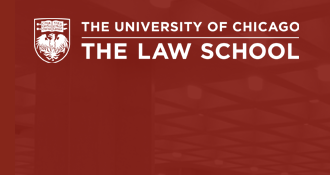
Coase-Sandor Institute for Law & Economics Research Paper Series
Publication Date
2008
Publication Title
Law & Economics Working Papers
Abstract
"First order precaution" directly affects the probability of an accident, such as judging the speed of a car and stepping on the brakes. Intentions are not always realized, so first order precaution is a draw from a probability distribution. Drawing an uncharacteristically low value is a "lapse." "Second order precaution" reduces the probability of a lapse. Examples include concentration when driving and preparation before performing a medical operation. The prevailing tort rule holds the injurer liable for harm caused by unreasonable first order precaution, regardless of second order precaution. Unlike the standard model, our model allows injurers to make second order precaution observable at a cost. Modifying the prevailing tort rule to allow a defense of second order reasonableness will cause injurers to satisfy the legal standard and make this fact observable. Three distinct advantages follow. First, the courts can set the legal standard to induce socially efficient second order behavior. Second, this defense reduces the burden of liability on the underlying activity, which is especially desirable to encourage activities that benefit others, such as practicing medicine. Third, this defense reduces the attraction of actors to activities and forms of precaution that decrease the probability of a lapse and increase the overall risk of an accident.
Number
435
Recommended Citation
Robert D. Cooter & Ariel Porat, "Liability for Lapses: First or Second Order Negligence?" (John M. Olin Program in Law and Economics Working Paper No. 435, 2008).


Additional Information
Chicago Unbound includes both works in progress and final versions of articles. Please be aware that a more recent version of this article may be available on Chicago Unbound, SSRN or elsewhere.